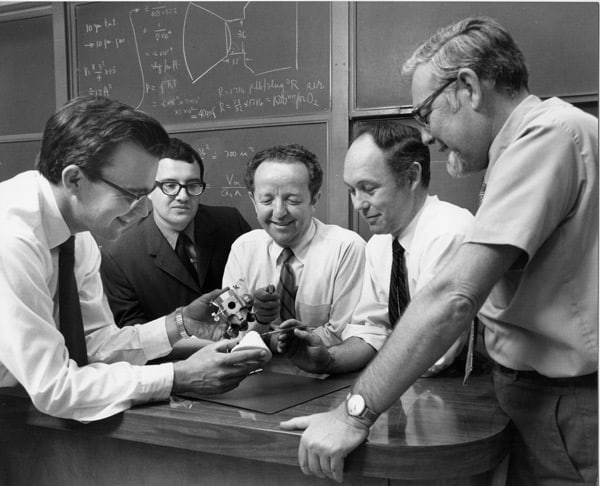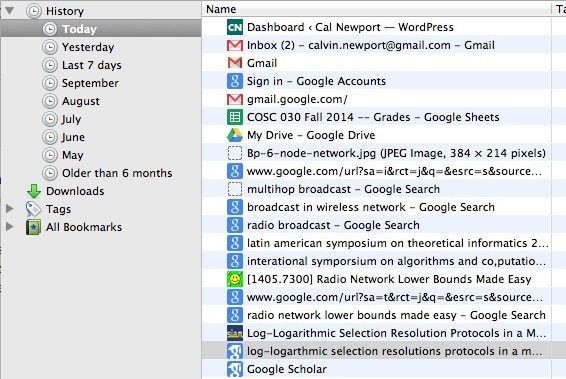You and Your Research
In March 1986, the famed mathematician and computer scientist Richard Hamming returned to his former employer, Bell Labs, to give a talk at the Bell Communications Research Colloquia Series. His talk was titled “You and Your Research,” and it’s goal was straightforward: to deliver lessons for serious researchers about how to do “Nobel-Prize type of work” (a topic familiar to Hamming given the large number of Nobels won by his colleagues during his Bell Labs tenure).
This talk is famous among applied mathematicians and computer scientists because of its relentlessly honest and detailed dissection of how stars in these fields become stars — a designation that certainly applies to Hamming, who not only won the Turing Prize for his work on coding theory, but ended up with an IEEE prize named after him: the Richard W Hamming Medal.
A problem with his talk, however, is it’s length and density. It’s easy to lose yourself in its transcript, nodding your head again and again in agreement, then coming out the other side unable to keep track of all the ideas Hamming outlined.
My goal in this blog post to help bring some order to this state of affairs. Below I’ve summarized what I find to be the major points from Hamming’s address. To identify the sections of the speech that correspond to each point I use the wording from this transcription.
I can’t claim that the following is comprehensive (among other things, I do not annotate the questions after the talk), but I’m confident that I capture most of what’s important in this seminal seminar.
Idea #1: Luck is not as important as people think.
[location: see the section that starts with the sentence “let me start not logically, but psychologically…”]
Hamming notes that luck is a common explanation for doing great research. He doubts this explanation by noting that great researchers — like Einstein — do multiple good things in their career.
As an alternate explanation, he cites the following Newton quote: “If others would think as hard as I did, then they would get similar results.”
Read more





 David Brooks’s
David Brooks’s